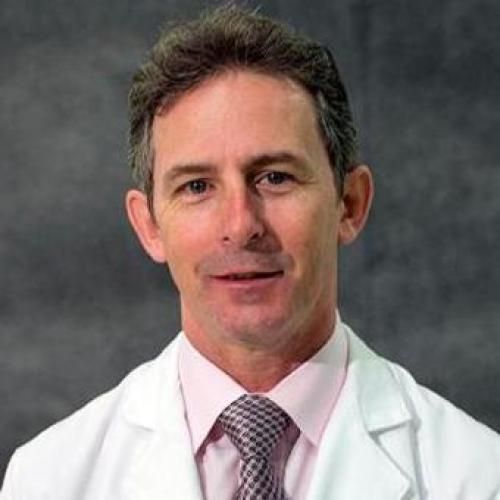
Prolonged progressive hypermetabolism during COVID-19 hospitalization undetected by common predictive energy equations.
BACKGROUND & AIMS: Indirect calorimetry (IC) is the gold-standard for determining measured resting energy expenditure (mREE) in critical illness. When IC is not available, predicted resting energy expenditure (pREE) equations are commonly utilized, which often inaccurately predict metabolic demands leading to over- or under-feeding. This study aims to longitudinally assess mREE via IC in critically ill patients with SARS-CoV-2 (COVID-19) infection throughout the entirety of, often prolonged, intensive care unit (ICU) stays and compare mREE to commonly utilized pREE equations. METHODS: This single-center prospective cohort study of 38 mechanically ventilated COVID-19 patients from April 1, 2020 to February 1, 2021. The Q-NRG® Metabolic Monitor was used to obtain IC data. The Harris-Benedict (HB), Mifflin St-Jeor (MSJ), Penn State University (PSU), and weight-based equations from the American Society of Parenteral and Enteral Nutrition - Society of Critical Care Medicine (ASPEN-SCCM) Clinical Guidelines were utilized to assess the accuracy of common pREE equations and their ability to predict hypo/hypermetabolism in COVID-19 ICU patients. RESULTS: The IC measures collected revealed a relatively normometabolic or minimally hypermetabolic mREE at 21.3 kcal/kg/d or 110% of predicted by the HB equation over the first week of mechanical ventilation (MV). This progressed to significant and uniquely prolonged hypermetabolism over successive weeks to 28.1 kcal/kg/d or 143% of HB predicted by MV week 3, with hypermetabolism persisting to MV week 7. Obese individuals displayed a more truncated response with significantly lower mREE versus non-obese patients in MV week 1 (19.5 ± 1.0 kcal/kg/d vs 25.1 ± 1.8 kcal/kg/d, respectively; p < 0.01), with little change in weeks 2-3 (19.5 ± 1.5 kcal/kg/d vs 28.0 ± 2.0 kcal/kg/d; p < 0.01). Both ASPEN-SCCM upper range and PSU pREE equations provided close approximations of mREE yet, like all pREE equations, occasionally over- and under-predicted energy needs and typically did not predict late hypermetabolism. CONCLUSIONS: Study results show a truly unique metabolic response in COVID-19 ICU patients, characterized by significant and prolonged, progressive hypermetabolism peaking at 3 weeks' post-intubation, persisting for up to 7 weeks in ICU. This pattern was more clearly demonstrated in non-obese versus obese patients. This response is unique and distinct from any previously described model of ICU stress response in its prolonged hypermetabolic nature. This data reaffirms the need for routine, longitudinal IC measures to provide accurate energy targets in COVID-19 ICU patients. The PSU and ASPEN-SCCM equations appear to yield the most reasonable estimation to IC-derived mREE in COVID-19 ICU patients, yet still often over-/under-predict energy needs. These findings provide a practical guide for caloric prescription in COVID-19 ICU patients in the absence of IC.
Duke Scholars
Altmetric Attention Stats
Dimensions Citation Stats
Published In
DOI
EISSN
Publication Date
Volume
Start / End Page
Location
Related Subject Headings
- United States
- SARS-CoV-2
- Prospective Studies
- Humans
- Hospitalization
- Calorimetry, Indirect
- COVID-19
- 3210 Nutrition and dietetics
- 3202 Clinical sciences
Citation

Published In
DOI
EISSN
Publication Date
Volume
Start / End Page
Location
Related Subject Headings
- United States
- SARS-CoV-2
- Prospective Studies
- Humans
- Hospitalization
- Calorimetry, Indirect
- COVID-19
- 3210 Nutrition and dietetics
- 3202 Clinical sciences



